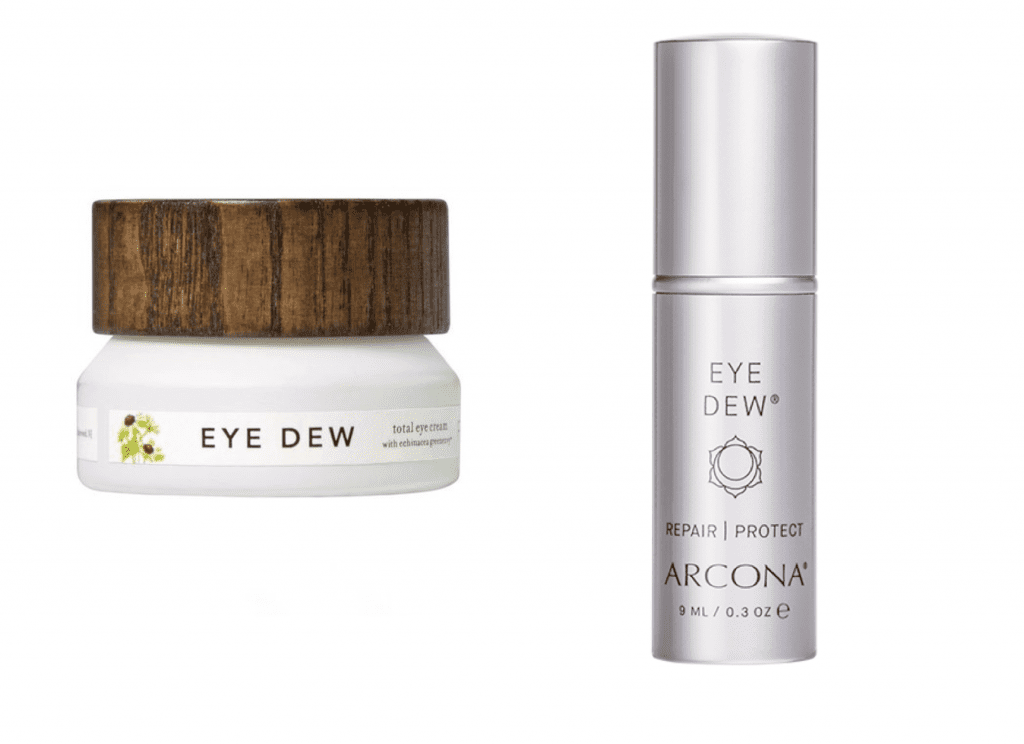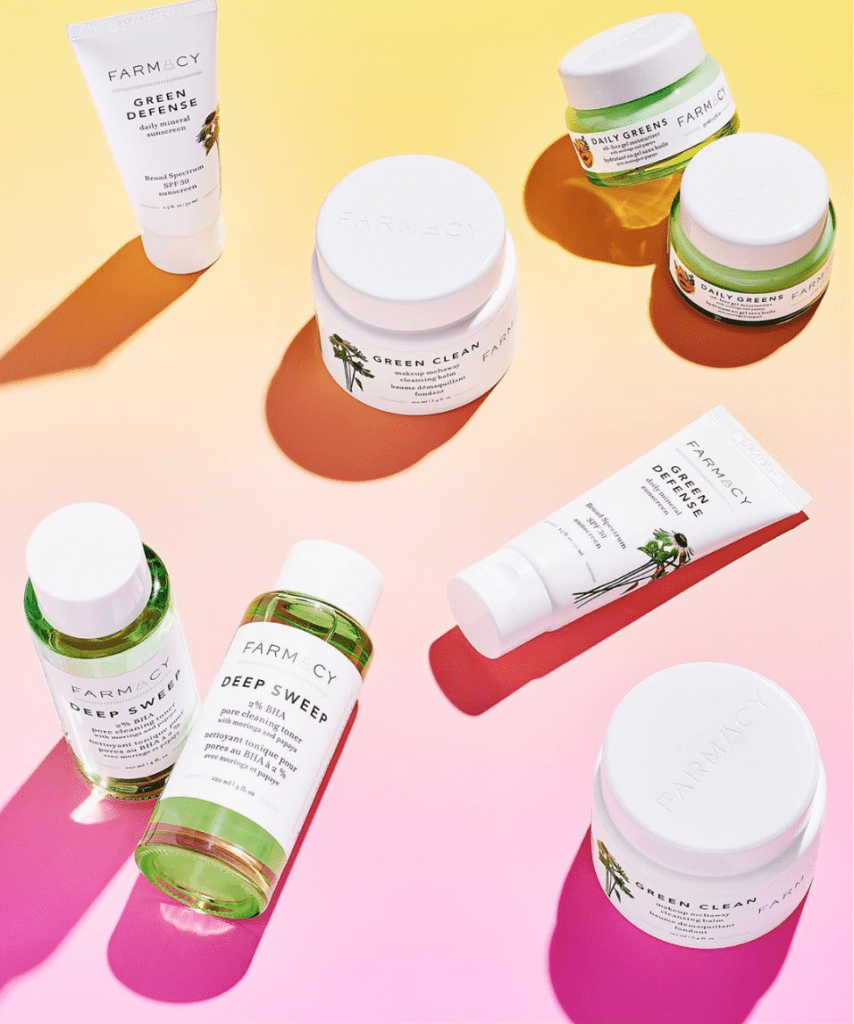Farmacy has prevailed in the lawsuit filed against it three years ago by fellow beauty brand Arcona over their respective uses of “EYE DEW’ on cosmetics. In an opinion issued on October 1, a three-judge panel for the U.S. Court of Appeals for the Ninth Circuit sided with the 5-year old “farm-to-face” skincare brand and affirmed the district court’s grant of summary judgment on the basis that a successful trademark counterfeiting claim requires a showing that reasonable consumers are likely to be confused as to the source of the parties’ products.
According to the recently-issued decision, the Ninth Circuit held that – despite Arcona’s argument to the contrary (it argues that it need not show a likelihood of confusion to pursue its trademark counterfeiting claim) and the fact that the appeals court “has not yet expressly held that a counterfeiting claim requires a likelihood of confusion” – the “plain language” of the Lanham Act shows that “‘likely to cause confusion’ is a requirement for a counterfeiting claim.”
In holding that a showing of likelihood of confusion is a necessary element in a counterfeiting claim, the court asserted that Section 1114 of the Lanham Act “addresses both trademark infringement and counterfeit claims, and we have repeatedly held that the plain language of Section 1114 requires a likelihood of confusion for a trademark infringement claim.” At the same time, the court stated that “we have not directly addressed it in the context of a counterfeit claim, perhaps because consumer confusion is generally not in dispute in most counterfeit cases.”
“For example, the use of a counterfeit Louis Vuitton trademark on a handbag is obviously intended to confuse consumers,” Judge Kenneth K. Lee wrote. “Put another way, a counterfeit claim is merely ‘the hard core or first degree’ of trademark infringement, and there is nothing in the statutory language of Section 1114 that suggests that a counterfeit claim should be construed differently from an infringement claim.”
Still yet, the court noted that “other circuits” – including the Fifth and Second Circuits – “also read the statutory provisions to require a likelihood of confusion for a counterfeiting claim.”
After determining that a successful counterfeit claim does, in fact, require a showing of likelihood of confusion under Section 1114, the court turned its attention to Arcona’s “alternative” argument that “the court should presume a likelihood of confusion because Farmacy’s ‘EYE DEW’ statement is identical to Arcona’s mark.” The court sided with New York-based Farmacy again on this point, stating that “even assuming the marks are identical, there may be no presumption of consumer confusion if the products themselves are not identical.” In other words, “A court must review the product as a whole in determining whether an allegedly counterfeit product will likely cause confusion.”

Here, the court held that while the marks, themselves, may be the same, the products are not: Arcona’s EYE DEW product is an eye cream in a tall, cylindrical, silver bottle encased in a slim, cardboard outer box, while Farmacy’s EYE DEW product comes in a short, wide, white jar, along with a squarish outer box.
Finally, the court shot down the “rigid approach” advanced by Arcona, in furtherance of which the brand claims that the district court “should have limited its analysis to the identical [EYE DEW] marks only – without looking at the entire product – in assessing consumer confusion.” To this, the Ninth Circuit panel stated that “a court should not myopically focus on only the alleged counterfeit marks to the exclusion of the entire product or even common sense,” noting that while the respective brands’ products in this case “do compete in the same space and same geographic area, there are significant differences between the two products, and the marks should be ‘considered in their entirety and as they appear in the marketplace.’”
For instance, the appeals court stated that the district court correctly found that “no reasonable consumer would be confused by these two products because the packaging, size, color, shape, and all other attributes – other than the term ‘EYE DEW’ – are not remotely similar.” Moreover, the court held that “it is implausible that a consumer would be deceived because the products had their respective housemarks (‘Farmacy’ vs. ‘Arcona’) prominently on the packaging.”
With the foregoing in mind, Judge Lee stated that in order “to sustain a trademark counterfeiting claim, a plaintiff must show a likelihood of confusion.” Here, “the two products, when viewed in their entirety, do not remotely resemble each other,” and thus, “the district court properly found that there is no genuine issue of material fact that Farmacy’s use of the ‘EYE DEW’ mark would not likely cause consumer confusion,” making its grant of summary judgment for Farmacy proper.
The decision comes just over 3 years after Arcona – which has been using the “EYE DEW” mark since 2002 and received a registration for it for use on cosmetics in 2012 – filed a counterfeiting suit against Farmacy in September 2017. Beverly Hills-based Arcona argued that its younger rival’s use of its registered “EYE DEW” trademark on its own skincare products amounts to trademark counterfeiting, trademark infringement, and federal and state law unfair competition.
The district court granted summary judgment on the basis that a reasonable consumer would not confuse Farmacy’s clean skincare product with Arcona’s. (At Arcona’s request, the district court dismissed with prejudice the trademark infringement and unfair competition claims).
*The case is Arcona, Inc., v. Farmacy Beauty, LLC, et al, 2:17-cv-07058 (C.D.Cal.).













